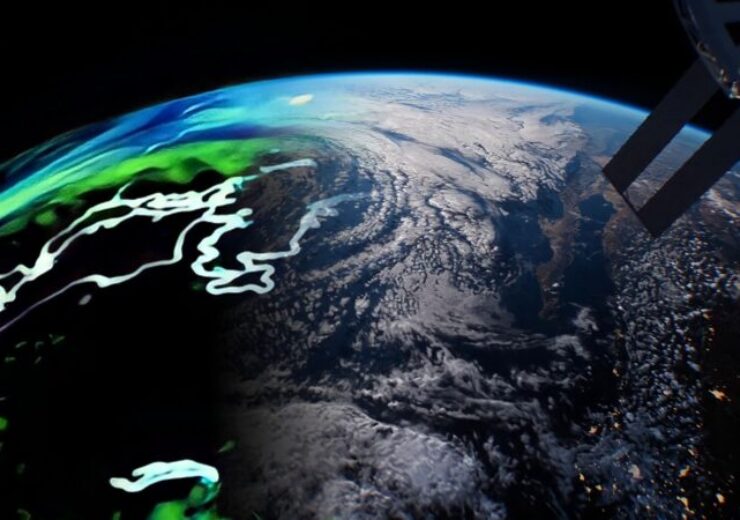The aerospace and defense company’s Open Rosetta3D platform will use AI and machine learning to ingest and format observations into a gridded data product and detect anomalies while Nvidia’s Omniverse Nucleus will convert the data into the Universal Scene Description framework

Lockheed Martin and Nvidia to develop an AI-driven Earth Observations Digital Twin. (Credit: NVIDIA Corporation)
Lockheed Martin has forged a partnership with Nvidia to develop an artificial intelligence (AI)-driven Earth Observations Digital Twin for the US National Oceanic and Atmospheric Administration (NOAA) to track the current global environmental conditions.
By utilising current satellite and ground-based observations, the new digital twin is designed to provide NOAA with a high-resolution, accurate, and timely representation of the conditions across the globe.
Currently, NOAA administrators and researchers gather, combine, and analyse the information received as terabytes of data from various space and Earth-based sensor sources. The data is used for observing and understanding environmental conditions and changes.
By September 2023, Lockheed Martin and Nvidia anticipate to fully integrate and demonstrate the sea surface temperature, which is one of the variable data pipelines.
Nvidia accelerated computing lead product manager Dion Harris said: “Digital twins will help us solve the world’s hardest scientific and environmental challenges.
“The combination of Lockheed Martin’s AI technology with Nvidia Omniverse will give NOAA researchers a powerful system to improve weather predictions at a global scale.”
Lockheed Martin’s Open Rosetta3D platform will use AI and machine learning to ingest, format, and fuse climate observations into a gridded data product for identifying anomalies.
Nvidia’s Omniverse Nucleus will turn the data into the Universal Scene Description framework to facilitate data sharing across various tools and between researchers.
Lockheed Martin’s visualisation platform, Agatha, will ingest the data coming from Omniverse Nucleus to enable users to engage with it in an Earth-centric 3D environment.
Lockheed Martin space senior program manager Matt Ross said: “At Lockheed Martin we regularly use digital twins and AI to provide our government customers with the clearest, current situational picture and actionable intelligence for their important missions.
“We’re pleased that we can use our technology experience to collaborate with Nvidia on this project to provide NOAA a timely, global visualisation for their own important missions.”


